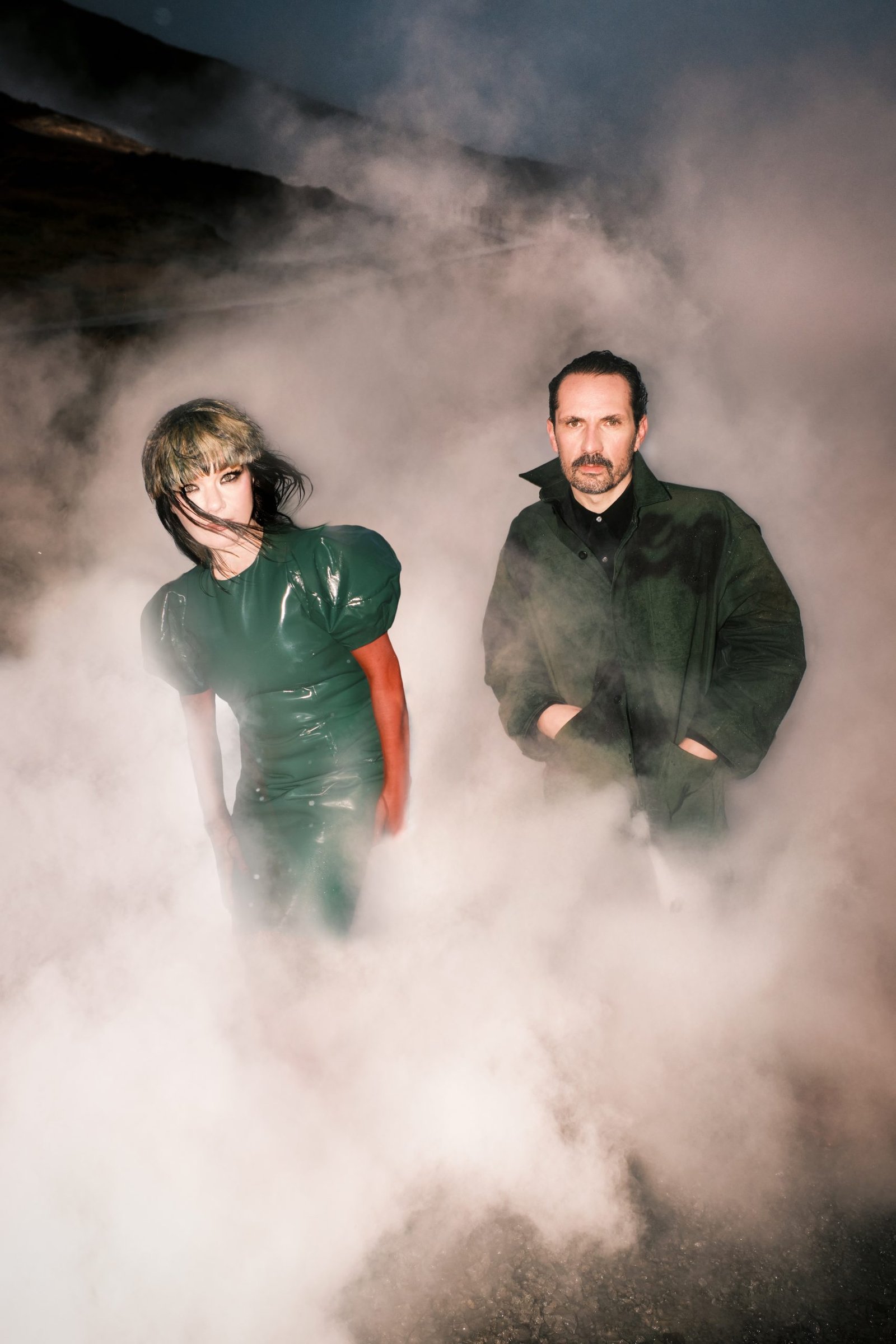It is a common and somewhat worn-out cliché in the world of political art that the artist gives a voice to the voiceless. But in the recent work of Icelandic musician and artist Björk, this is literally the case.
In collaboration with editor and photographer Aleph Molinari, Björk created an immersive sound installation for the Center Pompidou in Paris that uses artificial intelligence software to emit the calls of endangered and extinct animals.
Coinciding with the recent UN Climate Change Conference, Nature Manifesto (2024) will run in a continuous loop as visitors ride the Parisian museum’s outdoor escalators from November 20 to December 9. Björk wrote and composed the music for the three-minute, 40-minute long second piece with Alf collaborating on the original lyrics and concept.
The duo’s statement reminds the listener of the catastrophic state of the climate as well as the natural world’s innate ability to adapt and find new solutions. “It’s an emergency, the end of the world has already happened,” Björk shared in a video on her social media accounts on November 12. “Biology will be reassembled in new ways… The web of life will unfold in a world of new solutions.” .
The recording of Björk reading the statement is accompanied by sounds of high-pitched wails, sudden pops, deep coos, squeaks, and chirps—sounds that are alarming because we know they are impossible communications between animals that we will never see. Björk and Aleph created it in collaboration with IRCAM, the French Sound Institute, which described the work as a combination of Björk’s voice and the cries of extinct animals, all “in harmony with natural soundscapes”.
“We wanted to share their presence in an architecture that represents the industrial age, far from nature,” Björk wrote in a statement announcing the project. “We wanted to remind citizens of the raw vitality of endangered creatures. Even though you may be anxiously moving between floors while listening to this audio piece, we hope the tone of the animal sounds will build a sonic bridge towards the listeners.”
Art Forum for Biodiversity at the Center Pompidou by Margrethe Bornhauser. Photography: © Marguerite Bornhauser, courtesy of the Center Pompidou.
The sound installation is part of “Biodiversity: Which Culture, Which Future?” A four-day forum hosted by the Pompidou Center from 20 to 24 November. The event will see the museum partner with the French Office for Biodiversity to address the climate threats facing the Earth through a series of panel discussions, installations and performances. Participating names include Anoni, a songwriter and visual artist, and Cyril Dion, a French director and environmental activist.
“If museums are schools of care, we believe that this attention can raise awareness of the crisis facing species and ecosystems today,” Mathieu Bout-Bonville, the museum’s director of culture and creativity, said in a statement.
Björk has long used her influential position to highlight environmental issues. In 2008, she released the song “Náttúra” with Thom Yorke to promote Icelandic environmental protection, a move she repeated with last year’s duet with Rosalía, “Oral”. Recently, Björk announced the release of Cornucopia, a film featuring the singer’s climate activism on her recent tour.











